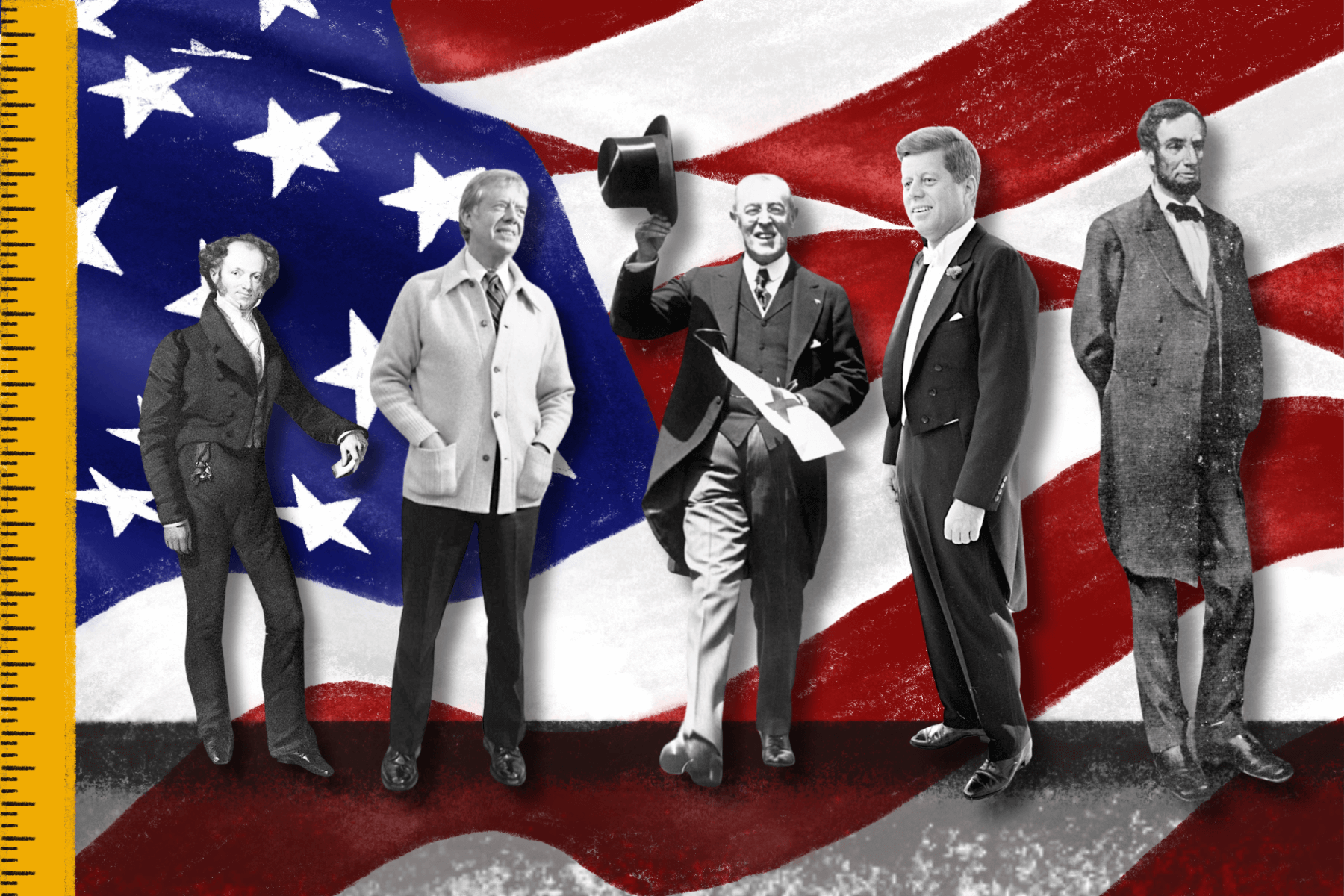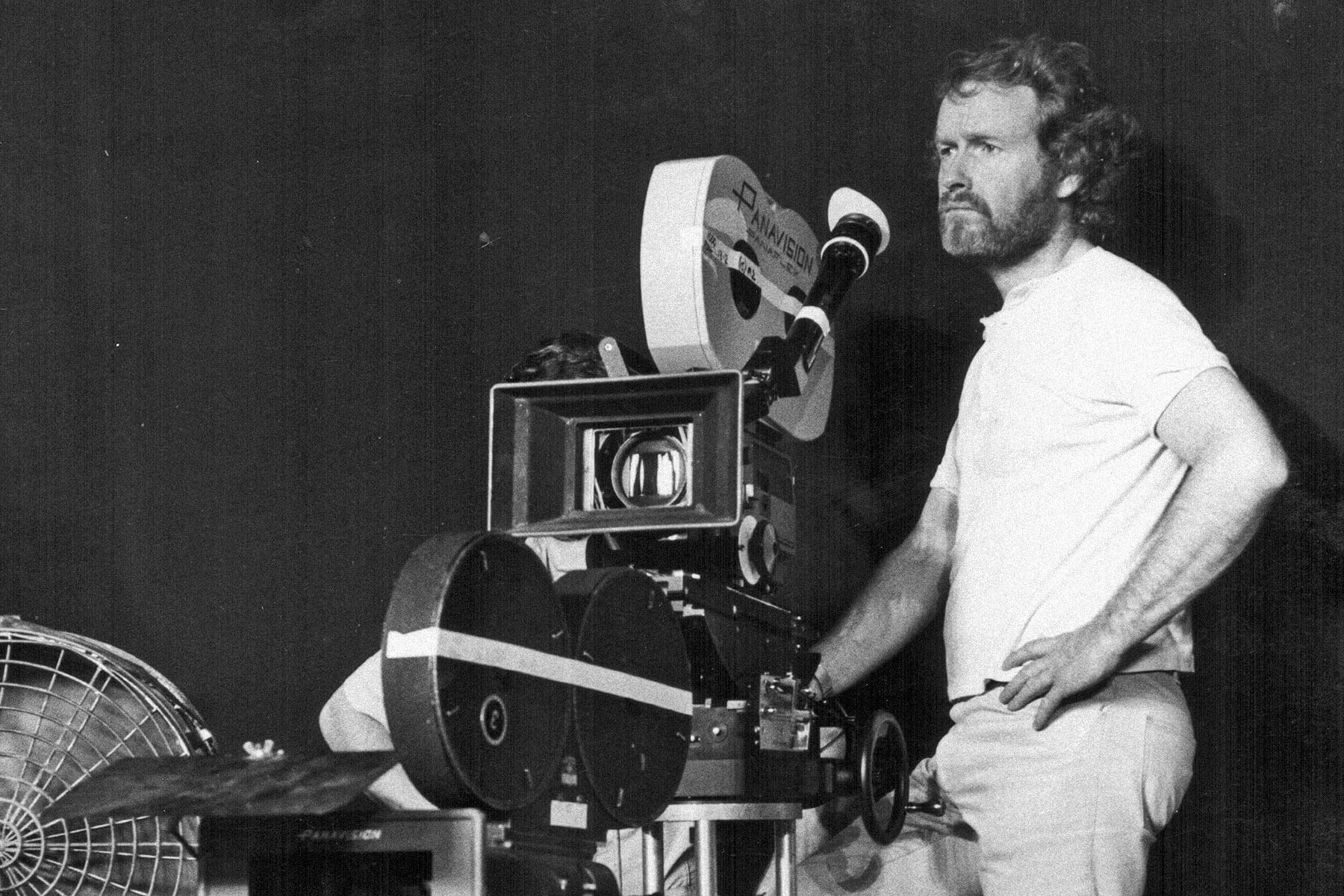 |
The planet Uranus was originally named "George's star." |
Science & Industry |
 |
| |
| Uranus' 27 moons have a fascinating etymological history of their own, as all are named after characters from the works of William Shakespeare and Alexander Pope. In 1787, Herschel discovered the moons Titania and Oberon, named after the king and queen of the fairies from Shakespeare's A Midsummer Night's Dream. Other Uranian moons include Miranda, Stephano, and Trinculo, all characters from Shakespeare's The Tempest. And in 1851, astronomer William Lassell discovered two additional moons that he named Umbriel and Ariel in honor of Alexander Pope's poem The Rape of the Lock. The name "Ariel" also applies to a character in The Tempest, meaning that either 24 or 25 of Uranus' moons are named after Shakespearean characters specifically, depending on how you view it. | |
 | |
 | |||
| |||
This Rare, Travel Credit Card Offer Is Turning Heads | |||
| Thank you for supporting our sponsors! They help us keep History Facts free. |
 | |||||||||
By the Numbers | |||||||||
| |||||||||
| |||||||||
 | |||||||||
| |||||||||
Mark Twain's life span coincided with Halley's comet. | |||||||||
| Satirist Mark Twain lived from 1835 to 1910, which just so happened to be the same two years that the rare Halley's comet appeared in the Earth's sky. Halley's comet is one of the most talked-about celestial objects, with recorded observations dating back 2,000 years. Though the comet's orbit around Earth is 76 years on average, it reached a record low of just 74.42 years between 1835 and 1910, coinciding with Twain's life span. Just a year before his death, Twain — who was born two weeks after the comet's perihelion (the point at which an object is closest to the sun) in 1835 — noted this odd connection. According to biographer Albert Paine, Twain said, "It is coming again next year. The almighty has said, no doubt, 'Now there are these two unaccountable freaks; they came in together, they must go out together.'" Sure enough, Twain passed away on April 21, 1910, just one day after Halley's comet reached its perihelion that year. | |||||||||
 | |||
Recommended Reading | |||
 | |||
| | |||
 | |||
| | |||
| + Load more | |||
| |||||||||
| 700 N Colorado Blvd, #513, Denver, CO 80206 | |||||||||








0 comments:
Post a Comment